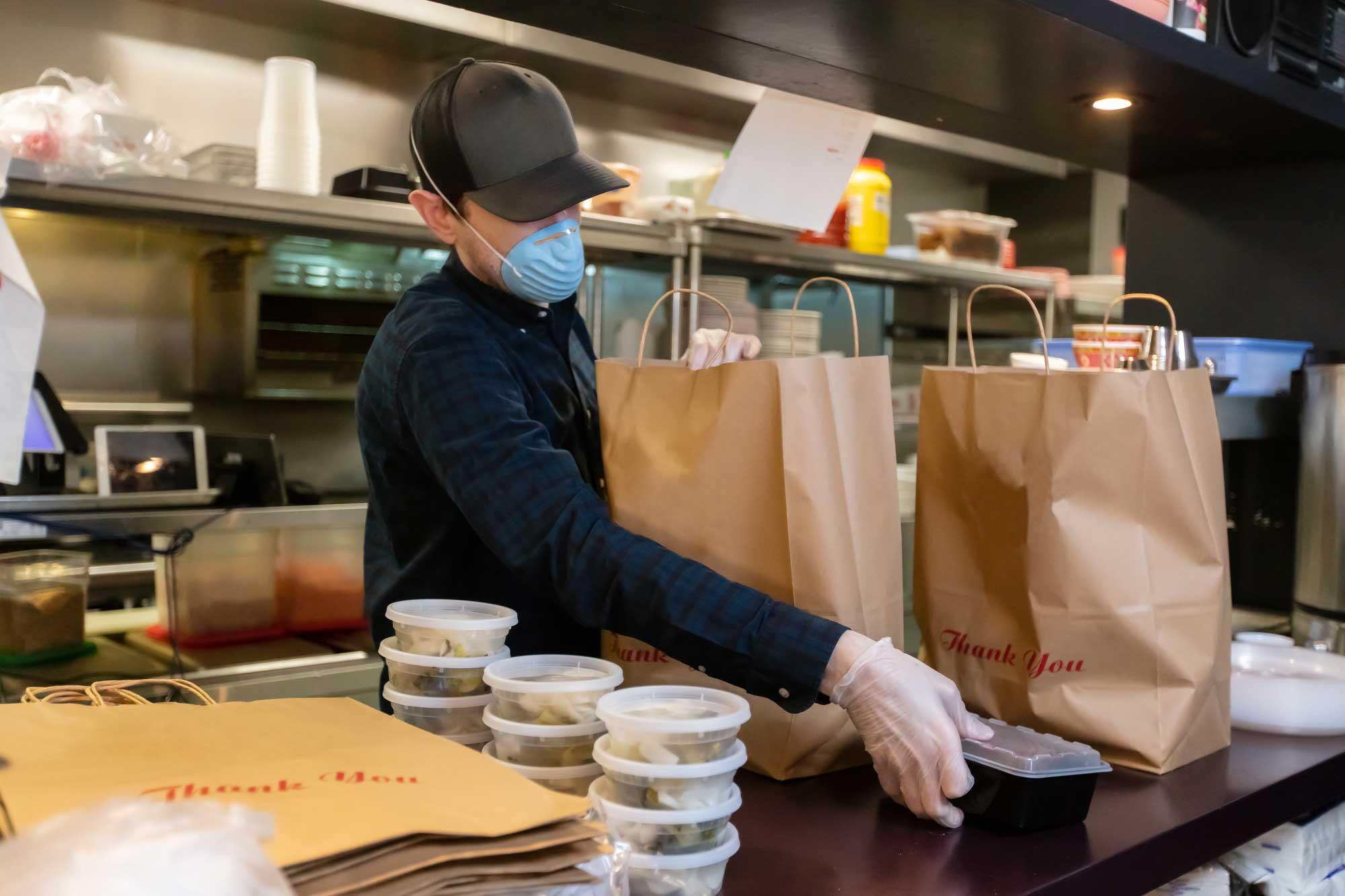The ghost kitchen market has experienced significant momentum in recent years, emerging as a modern solution for food delivery and virtual dining. While this innovative model offers clear advantages—such as cost savings, scalability, and operational flexibility—it also faces several restraints that could hinder its growth and long-term sustainability. Understanding these challenges is essential for industry stakeholders looking to navigate this evolving space effectively.
In this article, we’ll explore the key restraints affecting the ghost kitchen market, ranging from operational and regulatory issues to consumer trust and competition.
Lack of Customer Interaction and Brand Loyalty
One of the most pressing challenges facing ghost kitchens is the absence of face-to-face customer interaction. Unlike traditional restaurants that build customer relationships through service, ambiance, and in-person experience, ghost kitchens operate purely through online platforms. This limits their ability to establish a loyal customer base.
Brand trust is harder to build without a physical presence. Customers may be hesitant to reorder from a virtual brand they’ve never seen, especially if their initial experience is average or lacks emotional connection.
High Dependency on Third-Party Delivery Platforms
Most ghost kitchens rely heavily on third-party delivery apps such as Uber Eats, DoorDash, Swiggy, and Zomato to reach consumers. While these platforms provide access to large customer bases, they also charge high commission fees—often ranging from 20% to 30% per order.
This dependency not only eats into profit margins but also means ghost kitchens have limited control over the customer experience, from delivery times to food handling. If an order is delayed or arrives in poor condition, the brand may suffer reputational damage despite not being at fault.
Intense Market Competition and Oversaturation
The low barrier to entry in the ghost kitchen model has resulted in a flood of virtual brands, especially in metropolitan areas. As more players enter the market, competition intensifies, making it difficult for smaller or newer brands to stand out.
This oversaturation can lead to reduced visibility on delivery platforms, price wars, and customer churn. Without a strong brand identity or niche offering, many ghost kitchens struggle to maintain consistent order volumes and profitability.
Quality Control and Consistency Challenges
Maintaining consistent food quality and service across locations is another major restraint. Ghost kitchens often operate multiple brands from a single space or across several shared kitchens. Without strict quality control protocols, there's a risk of inconsistency in taste, presentation, and packaging—which can damage a brand’s reputation.
This is particularly problematic when scaling operations or using third-party kitchen facilities where oversight may be limited.
Limited Real Estate and Zoning Restrictions
Though ghost kitchens require less space than traditional restaurants, finding suitable real estate in urban areas can still be a challenge. Not all commercial properties are equipped for food preparation, and zoning regulations can restrict where kitchens can be set up.
In some cities, local governments have begun to impose restrictions or demand special licenses for ghost kitchens to ensure safety, sanitation, and community compatibility. Navigating these legal and logistical hurdles can delay market entry and increase costs.
Operational Complexity in Multi-Brand Management
Running multiple virtual brands from a single kitchen may sound efficient, but it introduces considerable operational complexity. Managing separate menus, different packaging, marketing strategies, and customer expectations requires careful planning and execution.
Without proper technology and staffing, kitchens can become overwhelmed, leading to order errors, slower preparation times, and customer dissatisfaction. This complexity can be a major restraint, particularly for small operators or startups lacking experience.
Rising Food and Labor Costs
Like the broader food service industry, ghost kitchens are not immune to rising food prices and labor shortages. The cost of ingredients, packaging, and wages continues to increase in many regions, squeezing margins for ghost kitchen operators.
Although ghost kitchens reduce front-of-house labor costs, they still require skilled kitchen staff, drivers (if not outsourced), and tech support. Managing these expenses without the benefit of dine-in revenue can be a significant financial burden.
Brand Visibility and Marketing Challenges
Building a recognizable and trustworthy brand is more difficult for ghost kitchens due to their lack of physical signage and walk-in traffic. Without a storefront, virtual brands must invest heavily in digital marketing, search engine optimization, social media, and platform promotions to stay visible.
Smaller operators may not have the budget or expertise to compete with larger chains or well-funded startups. This lack of visibility can stifle growth and make customer acquisition more expensive.
Food Safety and Health Compliance Risks
Operating a delivery-only kitchen doesn’t exempt businesses from maintaining high health and safety standards. Ghost kitchens must adhere to strict regulations, and any violation—such as cross-contamination, poor hygiene, or expired ingredients—can lead to legal consequences and reputational damage.
Shared kitchen spaces, in particular, present additional risks if hygiene practices vary between operators.
Conclusion
While the ghost kitchen model presents numerous advantages, it’s not without its restraints. From limited customer engagement and third-party dependency to market saturation and operational hurdles, these challenges require careful consideration and strategic planning.
Success in the ghost kitchen market depends on overcoming these barriers through innovation, technology integration, and brand differentiation. By understanding and addressing these restraints, operators can position themselves to thrive in this competitive and rapidly changing food service environment.







